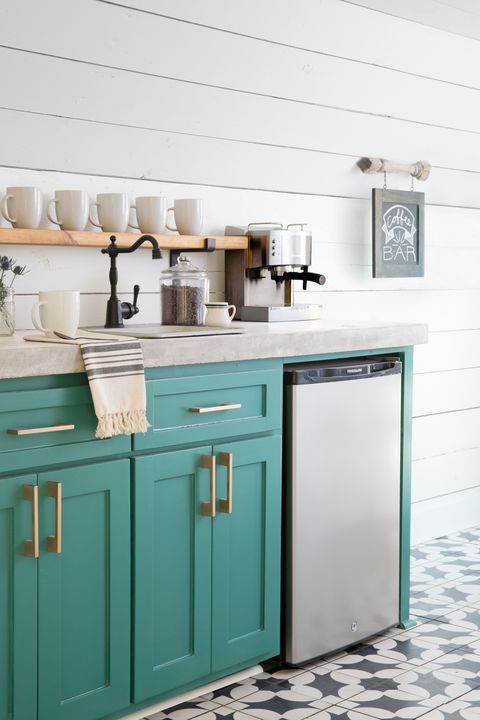Metal roofs offer a blend of strength and visual appeal, making them a favored option for modern construction. Their ability to reflect heat and resist corrosion contributes to long-term energy savings and durability.
Yet even the sturdiest metal roof can succumb to wear without proper care. Owners and facility managers understand that metal roofing is not maintenance‐free; small issues can evolve into major repairs if overlooked.
Regular inspections and timely interventions help preserve the structural integrity and curb the need for costly replacements.
Embracing a proactive maintenance routine is crucial to safeguard both appearance and performance over time.

Understanding Metal Roof Durability and Its Limitations
Metal roofs are celebrated for their ability to resist severe weather and offer extended protection for structures.
High-quality metal materials are engineered to withstand significant temperature variations, yet they are not impervious to all forms of damage.
Temperature shifts can cause metal panels to expand and contract, sometimes resulting in loose fasteners or minor leaks if not promptly addressed.
Despite their impressive resilience, metal roofs can exhibit vulnerabilities such as corrosion in coastal regions where salt air is prevalent. Manufacturing quality, installation precision, and environmental factors all influence a roof’s performance.
Recognizing that durability does not guarantee immunity to wear encourages owners to schedule periodic assessments and maintain rigorous upkeep practices.
A well-informed property owner remains alert to subtle changes that could signal early deterioration, ensuring timely repairs and long-term value.
Recognizing Early Signs of Metal Roof Deterioration
Noticing early indicators of damage can mean the difference between a simple repair and a full-scale replacement. Surface rust, peeling paint, or discoloration often signal that protective coatings are wearing thin, exposing the metal to corrosive elements.
Homeowners may observe small leaks or water stains on interior ceilings, hinting at potential breaches along seams or fasteners. Regular visual inspections are key; many experts recommend biannual checks, especially after harsh weather seasons.
Changes in the alignment of panels or the appearance of oxidation require immediate attention to prevent further deterioration.
By identifying these early warning signs, property managers can address minor faults before they lead to significant structural challenges.
Vigilance and routine maintenance are fundamental in preserving the roof’s durability and extending its lifespan.
Weather-Related Stressors and Their Effects
External elements pose significant challenges to the longevity of metal roofs, with severe weather acting as one of the most destructive forces.
Intense storms, heavy winds, and rapid temperature fluctuations can lead to structural strains that compromise the roof’s integrity. In one inspection, roof repair services often address the impact of hail on a roof during periods of intense weather, ensuring that even minor dents do not evolve into larger issues.
Such assessments are critical in regions prone to harsh climatic conditions where even small damages can escalate quickly. High wind speeds can dislodge panels, while persistent rain and snow may lead to moisture accumulation behind protective coatings.
Maintaining a comprehensive record of weather events and subsequent inspections allows property owners to plan for timely interventions.
A deep understanding of environmental stressors empowers owners to adopt strategies that mitigate risks and reinforce the roof’s resilience against nature’s unpredictability.
Preventative Maintenance Strategies for Longevity
Routine upkeep forms the cornerstone of a durable metal roof. Regular cleaning, gentle washing with non-abrasive tools, and careful inspection of all seams and fasteners ensure that dirt and debris do not accelerate wear.
Over time, the buildup of organic material and pollutants can reduce a roof’s reflective properties, potentially increasing energy costs.
Some experts advise that cleaning metal roofs at least twice a year can prevent corrosion and extend the lifespan of the protective coatings. In addition, scheduled maintenance visits by professionals can spot potential issues, such as loose clips or compromised sealants, before they develop into larger problems.
A strategic approach that combines periodic inspections, targeted cleaning, and timely re-coating measures not only safeguards the roof’s aesthetic appeal but also fortifies its structural reliability.
Property owners who commit to a well-documented maintenance schedule often experience fewer emergency repairs and enjoy long-term savings.
Repair Techniques and Material Innovations
When it comes to addressing metal roof issues, the evolution of repair techniques and materials has brought about more reliable solutions. Advancements in sealants and coatings have transformed how repairs are executed, reducing downtime and overall maintenance costs.
Modern repair methods emphasize minimally invasive procedures that restore the roof’s integrity without compromising its original structure.
Innovations in materials, such as self-healing sealants and enhanced corrosion-resistant coatings, are redefining expectations for durability and performance.
Some repair techniques now integrate specialized fasteners and adhesives that maintain the aesthetic continuity of the roof while offering superior resilience against environmental stress.
Homeowners who invest in upgraded repair solutions often find that their roofs perform better over time, with fewer recurring issues and a lower overall maintenance burden.
The integration of modern technology in repair processes not only enhances functionality but also contributes to long-term cost savings.
Cost-Effective Approaches to Metal Roof Care
Maintaining a metal roof does not have to be a costly endeavor when approached with a strategic, long-term mindset.
Property owners benefit from understanding that preventative maintenance can significantly reduce overall repair expenditures. A well-planned maintenance schedule, which includes periodic cleaning, timely inspections, and prompt repairs, can mitigate the risk of more extensive and expensive damage.
Investment in quality materials during initial installation often pays dividends in the form of reduced maintenance and repair costs over time. Financial planning for roof care might involve setting aside a dedicated budget for routine upkeep and emergency repairs.
Economical solutions also include engaging experienced professionals who offer competitive service packages for regular inspections and maintenance.
By weighing the costs of preventative measures against the potential expenses of major repairs, property owners can make informed decisions that protect their investments while ensuring the roof remains in peak condition.
Balancing quality care with budget considerations ultimately leads to a more sustainable approach to metal roof maintenance.
A comprehensive understanding of material characteristics, early detection of problems, and strategic maintenance can secure the lasting performance of a metal roof.
Regular professional inspections, modern repair techniques, and mindful budgeting all contribute to a roof that withstands environmental challenges and preserves the value of a property.





![50+ Breathtaking Spanish Style Bathrooms [2025] 7 spanish bathroom ideas 5](https://www.momooze.com/wp-content/uploads/spanish-bathroom-ideas-5.jpg)
